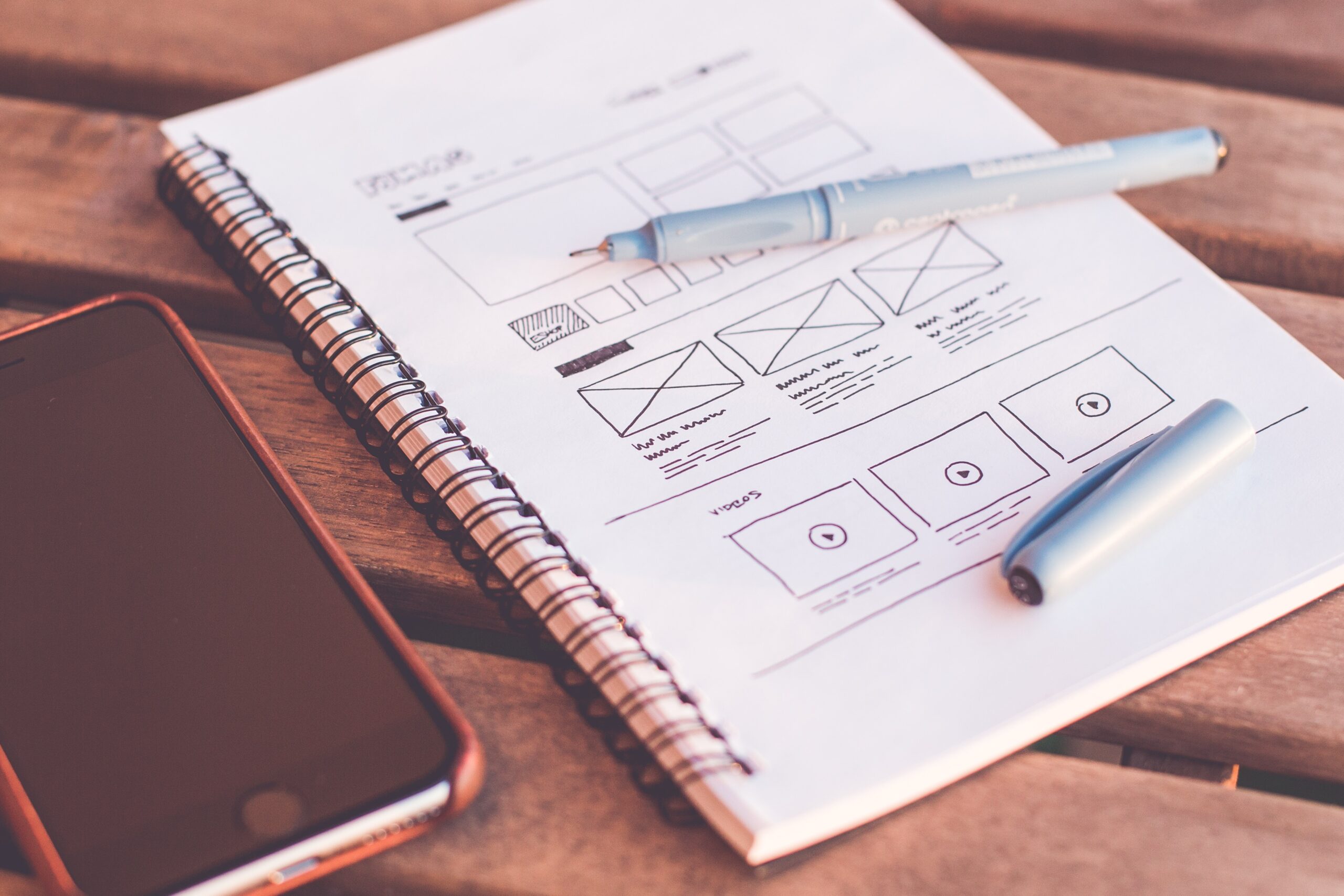
Now that we discuss the basics of creating content, I would like to dedicate a small section to the basics of the appearance of your website. The first thing to remember is that WordPress is an open-source tool. It has been designed to facilitate the creation of websites quickly and also for those who are not experts in web design. Thus, in WordPress, we also find easy solutions for the aesthetic of our website.
Selecting themes. A theme is a template that you can use for your own website. You will be able to modify the theme and personalize it for your site. Once you click on the dashboard menu on appearance, you will see a submenu, the first item is “themes”.
When selecting a theme, I take into consideration different details. First of all, I think of the goal of the site and the type of content I will develop on it: what features do I need in the theme to meet my goals and post the type of content I will develop?
I also look for themes that are responsive. A responsive theme is one that will make your site adaptable to different devices. In other words, it has been designed to keep in mind that using the website on a laptop, a tablet or a phone is different.
Additionally, I think of the color. With the themes, you could customize the colors that you want to use if you want to adapt them to the colors you are using for your own project. However, establishing a relationship between the theme and the colors you want to use from the very beginning will make your life easier down the line.
Another detail to think of is fonts. This detail can also be customized, but it is easier if you think about fonts when choosing the theme. Try to select a type of font that will guarantee the readability of your site, and will help your site to be more accessible.
With all this in mind, the best thing is to sit and make a list of the features you would want before making a final decision on a theme.
Learn about plugins. To get our website to have all the features we want, we also need to install plugins. A plugin is an addition that we install to enhance the software.
In the case of WordPress, there are thousands of plugins that allow us to get many different results. For example, if you need your site to have footnotes or if you need multiple authors, you might want to look for plugins that will allow you to manage those features.
Closing remarks
This is the final post of three introductory posts on WordPress. First, we focused on what is WordPress. Then, we learn some basic details about posts and pages to understand how to create content on our site. Finally, this post attended to aesthetics by talking about themes and how to think of the features we are looking for.
While there are many things to keep learning about WordPress, these three posts can help as an introduction to learning what directions to look into when getting started on creating websites, especially for those who are new to this activity.






